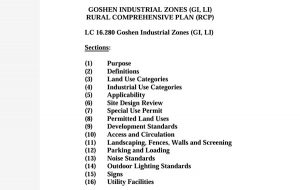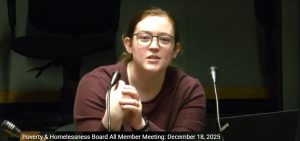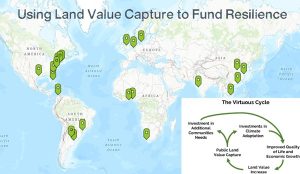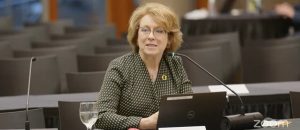EWEB seeks dialog on draft clean energy plan
4 min read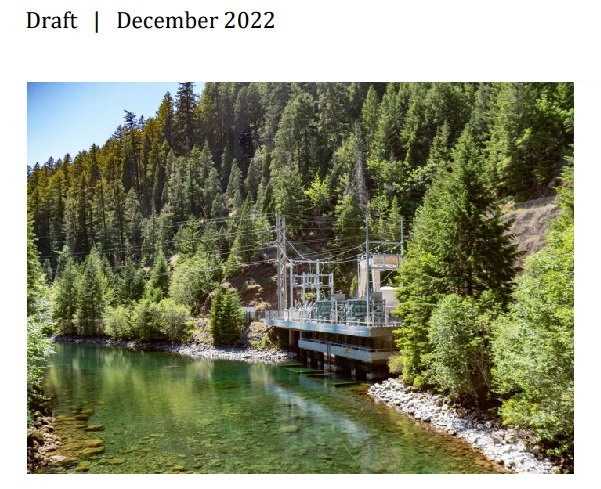
from Aaron Orlowsky, Eugene Water and Electric Board
EWEB is developing a plan to ensure that Eugene has a sufficient supply of reliable, affordable and clean electricity in the decades ahead, and is inviting the community to participate in the process.
Neighborhood organizations, environmental justice organizations, and others can request a meeting during which EWEB will present its initial public draft of the plan, and engage in dialog.
EWEB released on Dec. 15 the first public draft of that plan, called an Integrated Resource Plan. The IRP forecasts EWEB’s electricity needs 20 years into the future and uses advanced modeling software to suggest which combination of energy resources – such as wind, solar, hydropower, and biomass – might best fit those needs.
To create the IRP, EWEB developed a rigorous process that ensures any future portfolio of energy resources is reliable, affordable and clean. A portfolio must provide sufficient electricity during the times of day and seasons of the year when EWEB’s customers need it. A portfolio must be a low-cost option. And a portfolio must continue to be 90% carbon-free, as EWEB’s portfolio currently is, while becoming 95% carbon-free by 2030.
The initial public draft of the IRP is just a starting point. EWEB will continue to analyze energy resource options for the next six months before publishing a final draft of the IRP in June. Beyond that, EWEB will update the plan every two years.
“We know EWEB needs to procure more electricity in the years ahead to meet the growing needs of our customers,” said Megan Capper, EWEB’s energy resources manager. “What we’re doing now is trying to figure out which energy resources are the best fit for EWEB’s needs. Our initial results in this first draft of the IRP suggest one road forward. But we want to know what other options exist, and what the tradeoffs are between options.”
EWEB is encouraging customers to participate in the analysis process by submitting their questions about Eugene’s energy future at eweb.org/IRP. From that website, neighborhood organizations can request a presentation, and customers can sign up for regular email updates.
The initial public draft of the IRP offers a few key insights:
- Demand for electricity will grow. EWEB’s customers are switching from gasoline-powered cars and gas furnaces to electric vehicles and electric heat pumps. Electrification will cause electricity demand to rise. EWEB expects this trend to take off in the 2030s.
- Legacy hydropower is a good fit for EWEB’s needs. EWEB has relied on hydropower from the Bonneville Power Administration (BPA) for many decades because it’s a cheap, carbon-free resource that that can be dispatched at a moment’s notice to meet our customer’s demand. Between EWEB-owned projects and BPA, hydropower makes up about 80% of EWEB’s energy supply. Continuing to rely on hydropower is likely a good idea.
- Wind and batteries offer a possible path forward. To supplement BPA hydropower, one viable option is for EWEB to build large batteries paired with new wind farms. This makes sense because, here in the Northwest, wind is an abundant renewable resource that, unlike solar energy, generally produces power when EWEB has peak needs. And large utility-scale batteries would help smooth gaps in that power generation.
- EWEB needs to develop customer programs responsive to energy needs. By partnering with customers, EWEB can reduce demand for electricity, especially when demand is at its peak. Electricity used during peaks is generally more expensive for EWEB to provide, and it is also associated with higher carbon emissions. Demand response programs and time-of-use rates are two ways EWEB could lower peak demand.
The initial public draft of the IRP charts out one potential portfolio of energy resources – called a “reference case” – that EWEB could pursue during the next 20 years. The reference case is not a preferred portfolio of energy resources. Rather, it is a benchmark that EWEB can build upon to analyze other options in the next six months.
To create the reference case, EWEB analysts first plugged into the modeling software their best-guess assumptions about future conditions – including prices for resources, demand growth, availability of transmission and other factors. Then, they set constraints – most notably that any resource portfolio must be 95% carbon-free by 2030. Lastly, they had the software generate the lowest-cost portfolio based on those assumptions and within those constraints. By adjusting the assumptions or constraints, EWEB can generate different potential portfolios.
EWEB analysts already have additional questions they want to answer about the portfolio options. How will low water years and more protective fish regulations influence hydropower generation? Will certain resources be preferable if there is limited transmission to carry energy from far away renewable resources? To what extent will conservation be more affordable than acquiring new resources? And what will happen if EWEB is required to have greater power reserves available?
EWEB is actively seeking public input on the types of questions EWEB should seek to answer before finalizing the IRP in June 2023. Customers can visit eweb.org/IRP to fill out a short comment form with their question.
